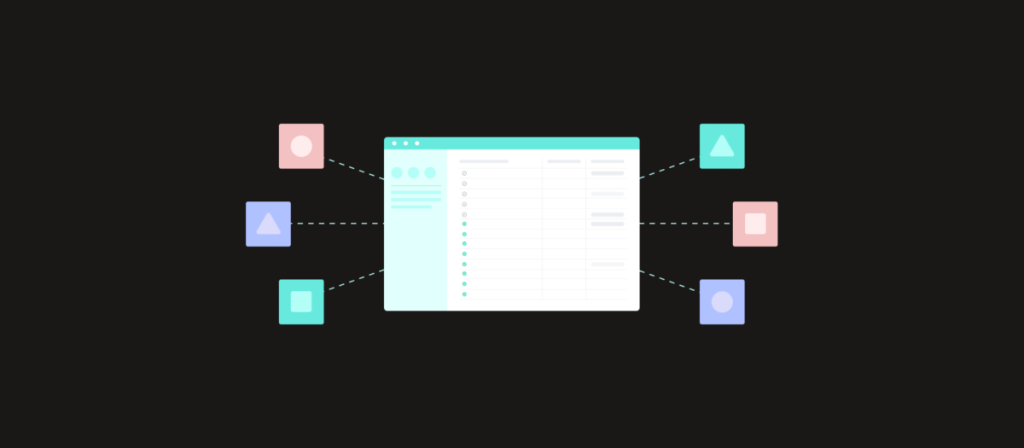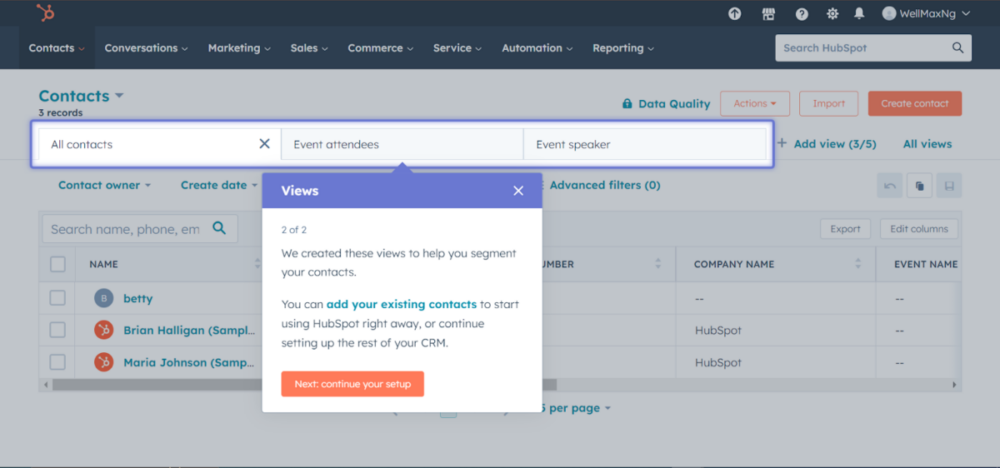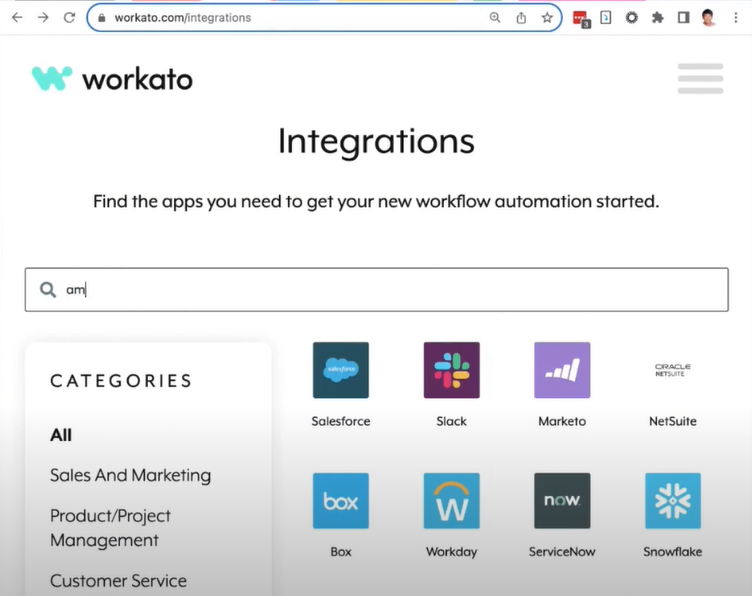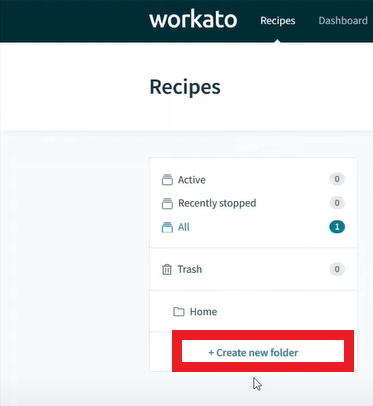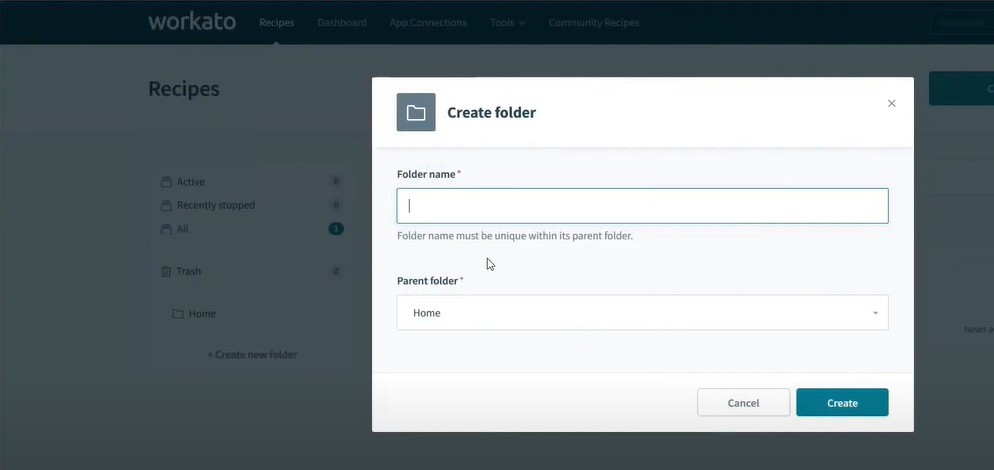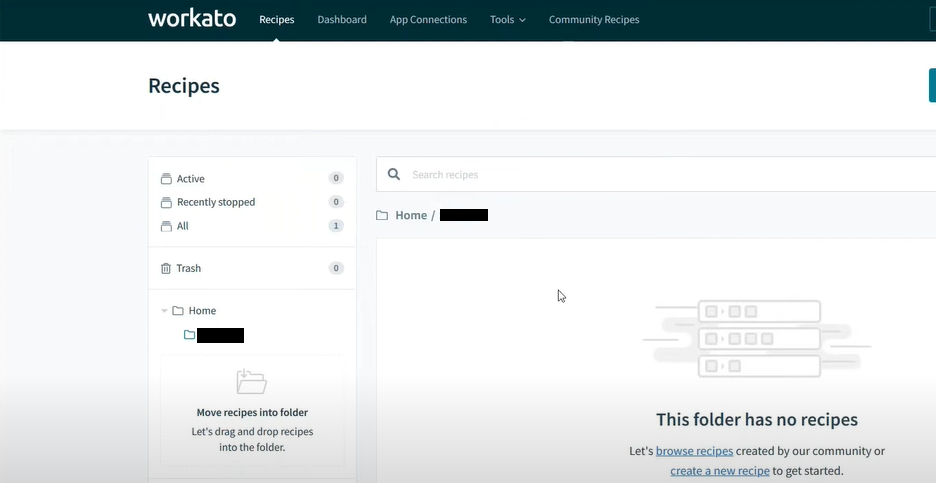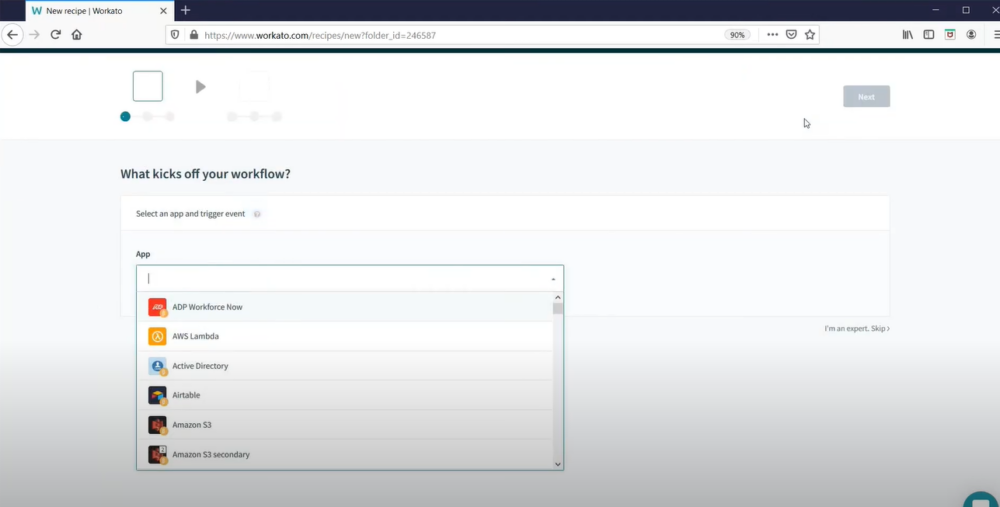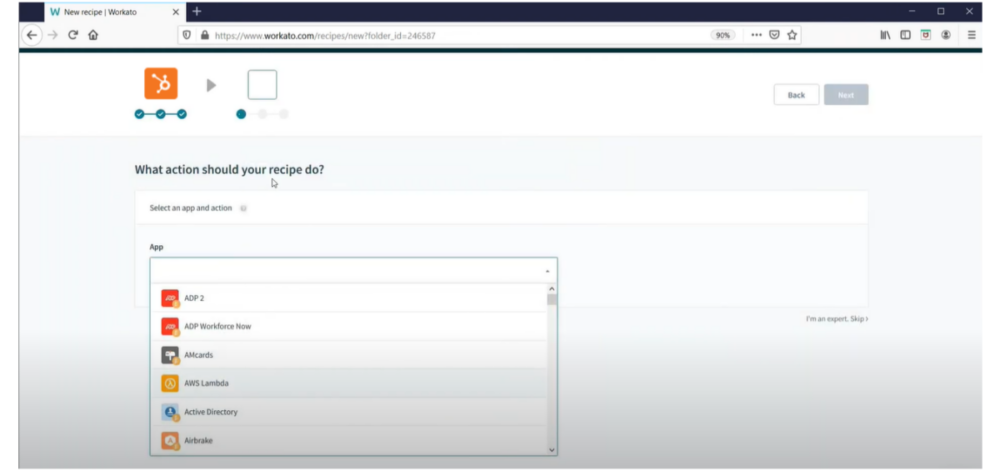In this comprehensive guide, we’ll delve into the individual functionalities of NetSuite and HubSpot, explore the significance of integrating them, detail the integration process using Workato, address potential challenges, and provide best practices for a successful integration.
Understanding NetSuite
NetSuite is a cloud-based ERP system known for its comprehensive suite of business management applications.
From financial management to CRM, e-commerce, and inventory management, NetSuite offers a wide array of features designed to streamline processes across various departments within an organization. Its centralized platform enables businesses to gain real-time visibility into key metrics, optimize workflows, and drive operational efficiency.
Exploring HubSpot
HubSpot, on the other hand, is a leading inbound marketing and sales platform that empowers businesses with all the software, integrations, and resources to attract, engage, and delight customers.
With tools for marketing automation, CRM, content management, and analytics, HubSpot facilitates the creation of personalized customer experiences across every stage of the buyer’s journey. Its intuitive interface and robust features make it a preferred choice for businesses seeking to amplify their marketing and sales efforts.
Why Integrate NetSuite and HubSpot?
While NetSuite and HubSpot excel in their respective domains, integrating them offers several compelling benefits for businesses:
- Streamlined operations—Integrating NetSuite with HubSpot eliminates silos among sales, marketing, and finance departments, enabling seamless data flow and collaboration.
- Enhanced visibility—By syncing customer data between NetSuite and HubSpot, businesses gain a holistic view of customer interactions, allowing for more informed decision-making.
- Improved efficiency—Automation of repetitive tasks and workflows reduces manual effort, minimizes errors, and accelerates processes, leading to greater efficiency and productivity.
- Better reporting—Integrated data enables more accurate financial reporting, campaign attribution, and performance analysis, providing valuable insights for strategic planning and optimization.
Integrating With Workato
Workato serves as the bridge between NetSuite and HubSpot, facilitating seamless data synchronization and workflow automation. It creates a way for any app to integrate and automate with any other app.

Workato.com/integrations provides you with over 2,000 applications to integrate with Workato. By leveraging Workato’s robust integration capabilities, businesses can create custom integrations tailored to their specific needs without extensive coding knowledge.
Benefits of Using Workato for NetSuite and HubSpot Integration
Some key features and benefits of using Workato for NetSuite and HubSpot integration include:
- Real-time data sync—Workato enables bi-directional synchronization of data between NetSuite and HubSpot in real time, ensuring that information is always up to date across both platforms.
- Workflow automation—Businesses can automate complex workflows, trigger actions based on specific events or conditions, and orchestrate multistep processes to streamline operations and drive efficiency.
- Custom integration—Workato provides flexibility for creating custom integration recipes using a visual interface, allowing businesses to map data fields, define triggers and actions, and customize workflows according to their unique requirements.
Potential Challenges and Mitigation Strategies
Despite the benefits of integration, businesses may encounter challenges during the implementation process. Common issues include:
- Data synchronization errors—Discrepancies between data formats or fields in NetSuite and HubSpot can result in synchronization errors. To mitigate this, ensure consistency in data formats and mappings between the two platforms.
- Connection issues—Connectivity issues or API limitations may hinder the integration process. Troubleshoot connection errors by checking API credentials, network configurations, and system requirements.
- Mapping discrepancies—Inconsistencies in data mapping configurations can lead to inaccuracies or data loss during synchronization. Review and validate data mappings to ensure alignment between NetSuite and HubSpot fields.
How to Integrate NetSuite and HubSpot With Workato
Let’s walk through a step-by-step tutorial on how to integrate NetSuite and HubSpot using Workato.
Set up a Workato Account
1. Begin by visiting the Workato website and signing up for an account.
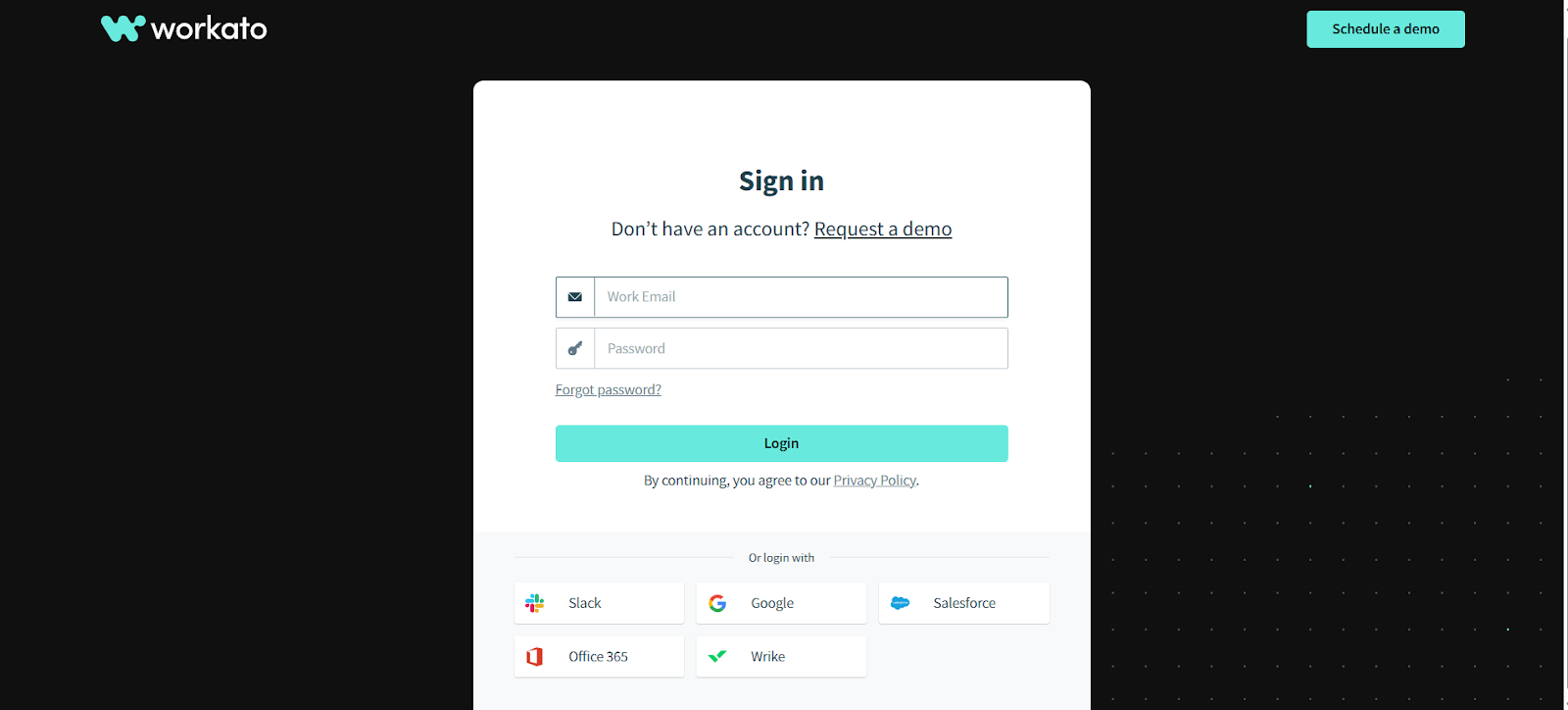
Workato offers various plans catering to different business needs, so choose the one that aligns best with your requirements.
2. Once registered, you’ll gain access to the Workato platform.
Create Integration Recipe
1. Once logged in, navigate to the “Recipes” section on the left-hand menu and click “Create Recipe.”
2. Proceed to create a new integration recipe by locating the “Recipes” option shown below:
3. In Workato, integration recipes are the workflows that define how data flows between NetSuite and HubSpot.
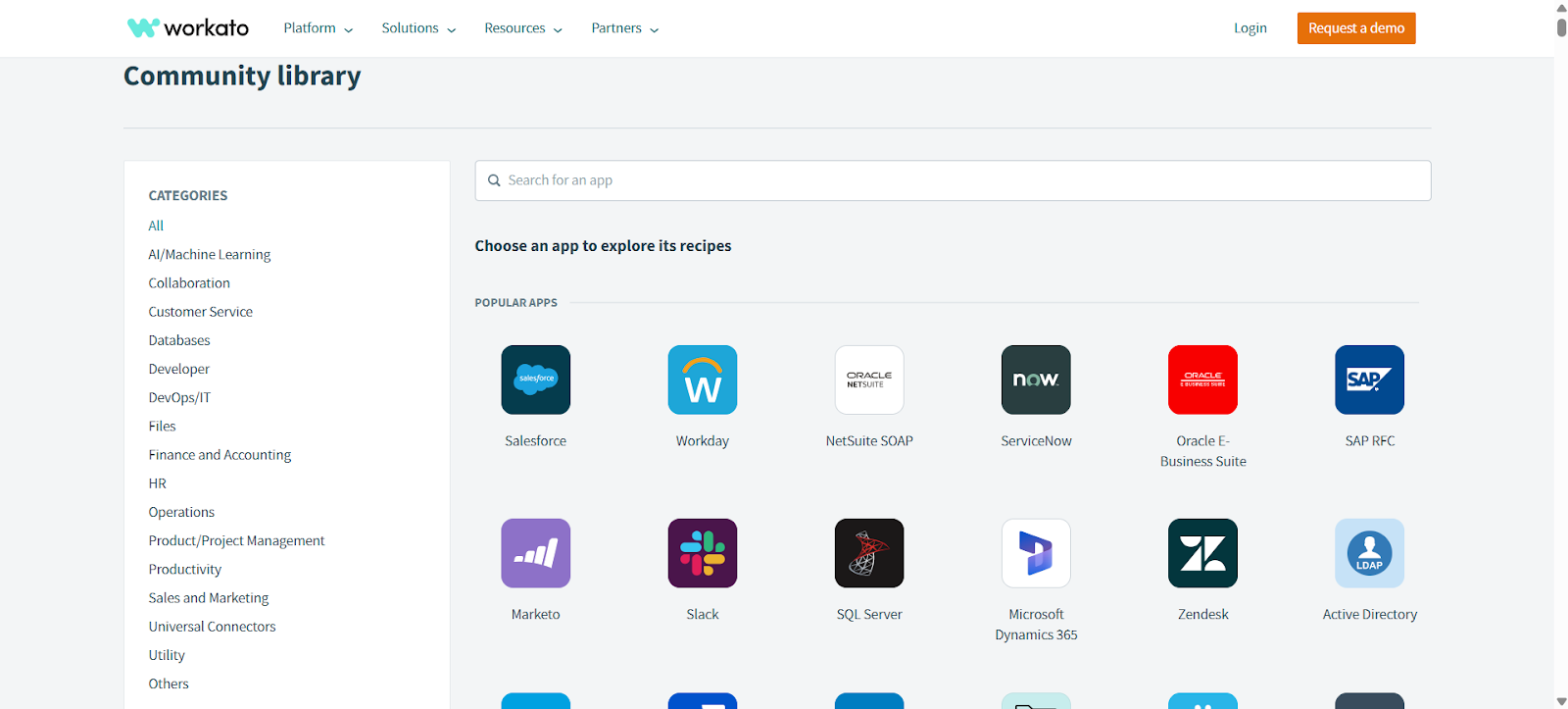
You’ll create recipes specifying triggers—the starting point of a recipe on which an event is based (for example, when an opportunity closes or when a case is opened by a customer support agent)—and actions (essentially the work you want the recipe or automation to do) to automate data synchronization based on specific events or conditions.
4. Then, proceed to create a new folder, as shown below:
5. Now, click on the “Create new folder” option, and you’ll get this:
6. You can then create a new folder by giving it any name and clicking on the “Create” button.
As seen in the figure above, you have successfully created a new folder. Now move your cursor to the “Create a new recipe” option toward the upper part of the screen, as shown below:
7. Once done, you get this response page:
First, you need to get the source app. Type in the search bar under the “App” option which source app you’d like to start the workflow with.
8. For this, we input “HubSpot” first. This is shown below:
Now you can select from the list of available triggers on the “Trigger event” dropdown option. After selecting the trigger event you want, click on “Next” at the upper part of the screen.
Link Your HubSpot Account
1. You can now link your HubSpot account by clicking on the “Create a new connection” option.
You’ll get the page as shown in the figure below, and you can input the name of the connection you want. In this case, we want HubSpot. The other option is asking if the connection is connecting to Sandbox or not, and you can leave it as “No.”
2. Now, proceed to the “Link your account” button.
3. Once you’ve clicked on “Link your account,” proceed to provide your HubSpot credentials and connect your HubSpot account. If successful, you’ll get the “Connection success” message.
4. Now, click on “Next” to load the next page that reads “Let’s set up your trigger.”
Here, you can set your trigger by selecting the list of options from the “Object” and “Fields” menus and other details. Click “Next” once you are done.
Link Your NetSuite Account
1. The next page, shown below, shows the actions you want your recipe to do. In the “App” option, you can input the name of the app you want, which in this case is the NetSuite app.
2. Click on “Next,” and proceed to give it a connection name and provide your NetSuite credentials.
3. Last, click on “Link your account” to successfully link both your HubSpot and NetSuite. Proceed to provide actions you want from both connections and click on “Finish.”
Now you are good to go!
Key Factors to Consider When Integrating HubSpot and NetSuite in Workato
Some of the key factors to note when integrating HubSpot and NetSuite in Workato:
- Triggers—These are events in NetSuite or HubSpot that initiate the integration process, such as a new customer creation or a new lead being generated.
- Actions—Actions are the corresponding operations performed in response to triggers, such as creating a new contact in HubSpot when a new customer is added in NetSuite.
- Map fields—Mapping fields involves defining how data from NetSuite corresponds to data in HubSpot to ensure an accurate transfer. Workato provides a visual mapping interface where you can match fields from NetSuite to corresponding fields in HubSpot. For example, you might map the “Customer name” field from NetSuite to the “Company name” field in HubSpot to ensure consistency across platforms.
- Test integration—Before deploying the integration, it’s crucial to thoroughly test it to ensure that data flows correctly and all triggers and actions are functioning as expected. Workato provides testing environments where you can simulate triggers and actions to validate the integration’s behavior.
Also remember to
- Run test recipes with sample data to verify that data is transferred accurately between NetSuite and HubSpot.
- Use Workato’s debugging tools to identify and troubleshoot any issues that arise during testing.
- Monitor integration logs and alerts to ensure that data continues to flow smoothly between the two systems.
- Consult the detailed documentation and support resources Workato provides to assist with the deployment and ongoing maintenance of the integration.
Best Practices for NetSuite and HubSpot Integration
To maximize the benefits of integration and ensure a smooth implementation process, consider the following best practices:
- Thorough planning—Define clear objectives, map out integration requirements, and involve key stakeholders from each department to ensure alignment and buy-in.
- Continuous monitoring—Regularly monitor integration performance, track metrics, and conduct periodic audits to identify and address any issues or optimization opportunities.
- User training—Provide comprehensive training to users on how to navigate integrated systems, leverage automation features, and interpret synchronized data effectively.
- Stay updated—Keep abreast of platform updates, new features, and best practices from NetSuite, HubSpot, and Workato to leverage the latest capabilities and enhancements.

Troubleshooting Common Issues in NetSuite and HubSpot Integration
Even with a robust integration powered by Workato, issues can occur. Below are practical steps to identify and resolve common integration problems between NetSuite and HubSpot.
Authentication Errors
Issue: Workato can’t connect to NetSuite or HubSpot due to invalid credentials or expired tokens.
How to Fix It:
- Go to Workato > App Connections.
- Click Edit on the NetSuite or HubSpot connection.
- Re-enter the API credentials or reauthorize the app.
- For NetSuite, ensure:
- Token-based authentication (TBA) is enabled.
- The integration role has Web Services and Full Access permissions to the required objects.
- Save and test the connection again.
Recipe Doesn’t Trigger
Issue: Your recipe doesn’t start when a trigger event occurs (e.g., new contact created in HubSpot).
How to Fix It:
- Open the recipe in Workato.
- Click Test Trigger to verify if events are being detected.
- Confirm that the trigger settings (e.g., filters, event type) match actual data.
- Use the Activity tab to check if any runs were attempted or skipped.
- Adjust the trigger conditions if needed and restart the recipe.
Incorrect or Missing Field Mapping
Issue: Fields like email, company name, or phone are missing or mapped incorrectly during sync.
How to Fix It:
- Edit your recipe and go to the Data Mapping section.
- Compare source fields (e.g., HubSpot contact properties) with target fields in NetSuite (e.g., customer record fields).
- Use sample data to preview the mapping.
- Ensure required fields in NetSuite aren’t left blank during record creation.
- Save and re-test the recipe with real or test data.
Duplicate Records
Issue: The same customer or contact appears more than once in HubSpot or NetSuite.
How to Fix It:
- In your recipe, add a Search step before any Create action.
- Search NetSuite or HubSpot for existing records by a unique field (e.g., email, external ID).
- If the record exists, Update instead of creating a new one.
- Use HubSpot’s duplicate management tool or NetSuite’s duplicate detection to clean existing data.
API Rate Limits
Issue: Recipes fail or run slowly due to exceeding API limits on either platform.
How to Fix It:
- Review API usage limits:
- Optimize recipe logic:
- Use conditional triggers to avoid syncing unnecessary records.
- Batch updates instead of processing each record individually.
- Spread out job schedules (e.g., run every 15 minutes instead of every 5).
- Monitor retries in the Job History for signs of throttling.
Permission and Role Restrictions
Issue: You encounter errors when trying to access or write to certain records.
How to Fix It:
- In NetSuite:
- Go to Setup > Users/Roles > Manage Roles.
- Edit the role assigned to your integration user.
- Ensure permissions for Web Services, Lists > Customers, Transactions > Sales Orders, etc., are set to Full or Edit.
- In HubSpot:
- Go to Settings > Users & Teams.
- Confirm the integration user has access to the required objects (e.g., Contacts, Companies).
- Re-test the recipe after updating roles.
Wrapping Up: Leveraging the Capabilities of Workato
In conclusion, integrating NetSuite and HubSpot using Workato offers businesses a powerful solution for streamlining operations, enhancing collaboration, and driving growth.
By understanding the significance of integration, addressing potential challenges, following best practices, and leveraging the capabilities of Workato, businesses can unlock the full potential of these platforms and gain a competitive edge in today’s digital landscape.
This post was written by Theophilus Onyejiaku. Theophilus is an experienced data scientist and a machine learning engineer with an expertise in Data Science, Machine Learning, Computer Vision, Deep learning, Object Detection, Model Development and Deployment. He has written over 660 articles in these fields.
